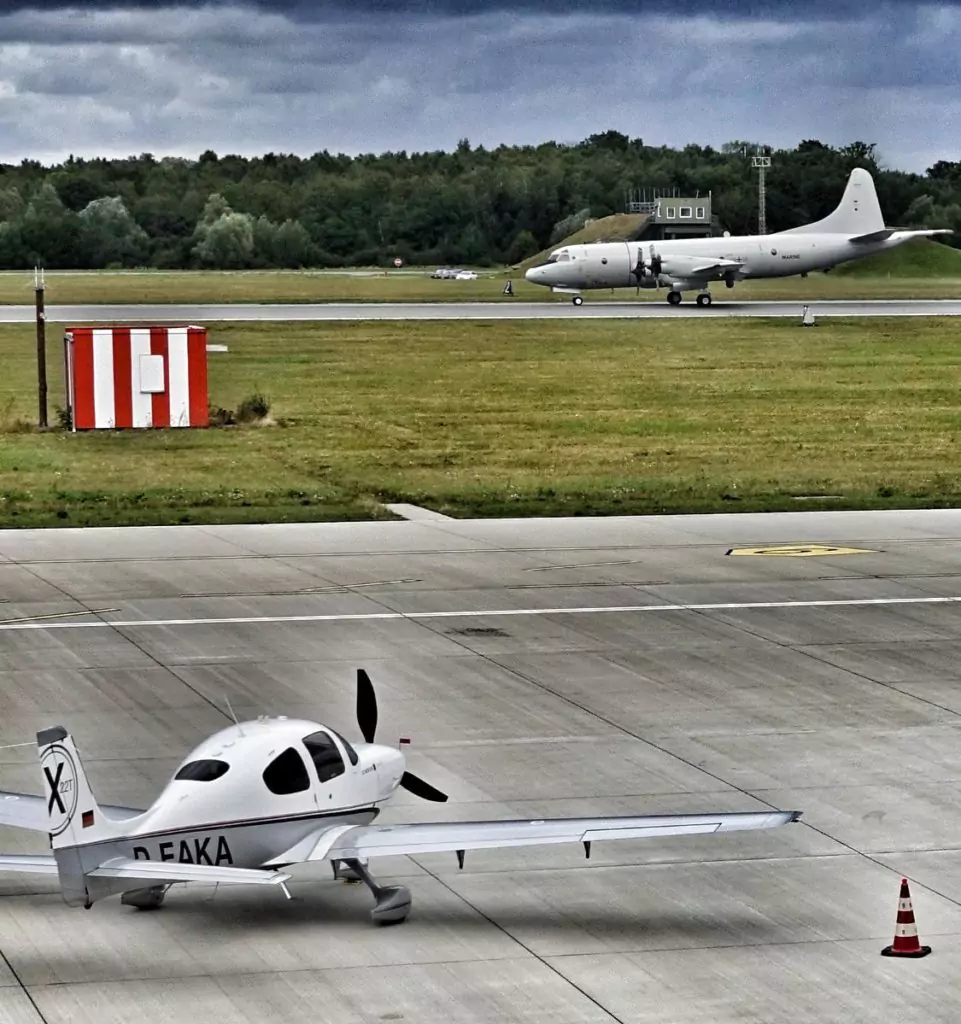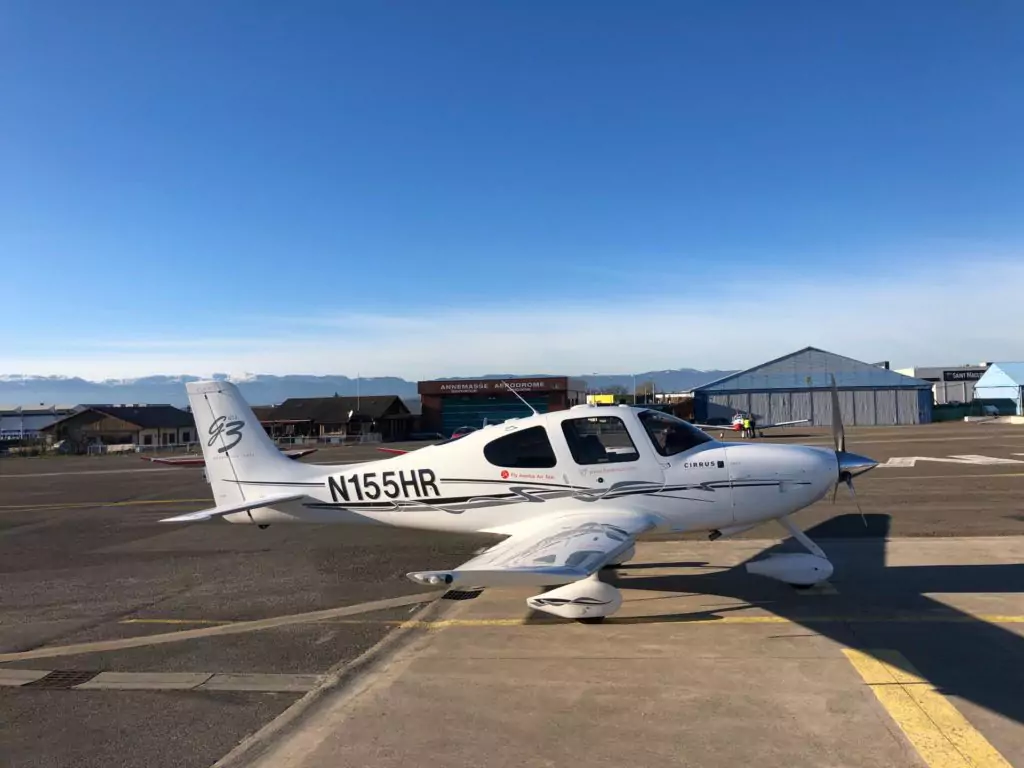By Laura Vieth
With the start of a new year it is time to reflect on last year. Last year was characterised by a great demand for private air travel. But what will happen in the coming year? Like we shared the private jet trends of 2021, we want to share with you our assumptions and thoughts about the upcoming private jet and air traffic trends.
Travel restrictions are there to stay
Like last year, Corona will unfortunately continue to haunt us in 2022. In addition to the existing variants, which have varying degrees of danger, new variants will most likely emerge this year. These will also be able to affect private travel and air traffic with quarantine and entry rules. As travel restrictions will stay in place most of the time travelling will keep on being complex due to the changing paperwork needed.
As the restrictions are continuously changing for each country, customers will book their flights closer to the day of their departure.
Commercial airlines’ networks are still limited
Due to the pandemic, passenger flights came to an almost complete standstill in 2020. In 2021, things were looking brighter again. But the air traffic numbers did not result in levels higher than those of pre-2019, let alone at a level which was predicted without the pandemic taking place.
The current projections are, that global domestic traffic will return to pre-pandemic levels by the end of the year. International air traffic will most likely reach two third of the 2019 levels. This growth is driven by the strong increase in the number of seats put in the market.
As major commercial airlines will keep on struggling to fill their big airplanes with passengers. This will significantly reduce the frequency on routes, some routes might even be abolished. This is an opportunity for private jet charters and air taxi providers with entry-level aircraft.

Business travel and private jets
When it comes to business aviation, the opinions differ. Some assume that many business people will no longer undertake business trips, since virtually every meeting can be handled via videoconference systems like Zoom or Microsoft Teams. Others, however, are of the opinion that business travel will stronlgy increase again. The social contact and personal exchange with people would be missing, and communication on site would be easier than online.
Last year an increasing number of business people opted to travel with private airlines instead of commercial airlines, surpassing major terminals in order to avoid COVID infections. These clients will most definitely continue to use private flights, it’s expected that even more people will make the change. More people are travelling to their second house and new industries are finding their way to the private jet industry.
New technologies are being developed but not predominantly
In 2021, CO2 emissions were 40% lower than before the pandemic. As more flights are expected to take place this year, this will result in more CO2 emissions. More operators are putting focus on sustainability nowadays and airlines are setting up plans on how to reach the net-zero target by 2050.
Sustainable aviation fuel could be one solution to the problem. For now it is still made from vegetable oil, but in the future it is anticipated to be made from waste.
Electric aircraft developments are also progressing for a more sustainable aviation industry. We expect more to hear more outcomes from innovators in this promising market. More companies will join the industry and first test flights will take place, such as Nasa and its X-57 Maxwell model.
Another exciting electric aircraft is “Alice“. The plane from the Israeli company Eviation Aircraft is expected to fly by 2022, it is even assumed to generate revenues already. The plane can carry up to 9 passengers and their luggage. It flies over a range of 1000 kilometres. Cape Air, one of the largest regional airlines in the USA, has already ordered a double-digit number of aircraft.
“Alice” is said to be much cheaper than conventional jets. The operating costs of electric aircraft are assumed to be only 200 dollars per flight hour. With a cruising speed of about 445 kilometres per hour, the “Alice” would be only half as fast as a business jet but not much slower than a turboprop aircraft.

If you have any questions or comments, please feel free to email us at info@flyaeolus.com or call us on +32 (0)3 500 9082.